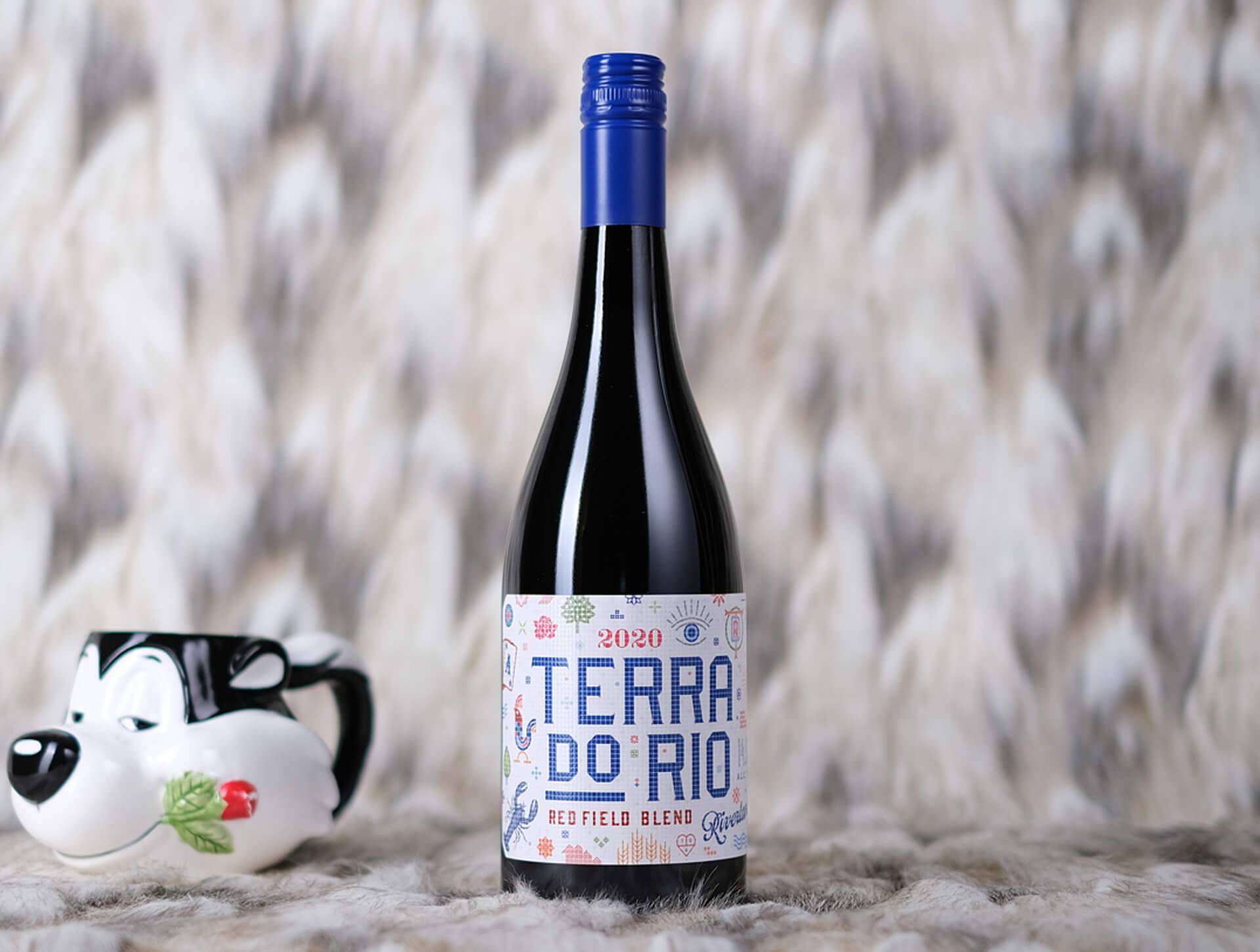From a vineyard that Ricca Terra’s Ashley Ratcliff planted to focus on heat-loving Iberian grapes in the Riverland, this is proof positive that climate-apt varieties can make thrilling wine in our hottest regions and still keep an ultra-friendly price tag. Awash with dark fruits, spices and tarry mineral notes, this still comes in at medium weight with ample freshness – a wine to pair with Mediterranean fare.
Tasting note
Employing three varieties used to make both table wine and Port in the Douro Valley, Portugal, this Riverland expression offers ample flavour and detail but slides in with a bright midweight feel, and with ample crunchy freshness and moreish tannin to make this a food-friendly offering. Wild red and black berries, sour plum and dark spices mingle with dusty, leathery notes and hints of blue florals on the nose, while the palate is vibrantly fruited with chewy tannins and bright acidity. It’s the kind of wine that will work with so many different dishes, from pizza to paella.
Themes of this wine
Touriga Nacional
Best known as a Port variety, touriga nacional can play a compelling role in table wines, too. Although the grape has been planted in this country for a long time, it typically slipped into blends – mostly fortified –unacknowledged. Its contribution of flavour and structure is no small thing, though, and the future for touriga as both varietal and blended wines in this country is a rosy one. With intense fruit in a blueberry and dark berry spectrum, touriga nacional typically also shows a lifted fragrance of violets in a wine’s youth, and it can have both leathery and minty notes. Tannins are a big feature of the variety, so expect a drying and grippy palate on most wines.
Tinta Cão
One of the principal Port varieties, tinta cão is typically a minor player, with plantings having steadily dwindled in Portugal’s Douro valley. While it is a high-quality variety, it is also very low yielding, with growers favouring more productive vines. The grape contributes midweight fruit flavours with floral accents, while the tannins and acidity tend to be elevated, making it an excellent blending option.
Souzão
Although a permitted variety for Port, souzão is not widely employed, though it is a component of some of the most famous wines, notably Quinta do Noval’s pre-phylloxera ‘Nacional’. The grape is also blended into Douro table wines, and it features in the Monterrei DO in Galicia. Souzão has modest but meaningful presences in South Africa, California and Australia, where it is used for blending in both fortified and table wines, offering intense fruit and colour to the mix.
Field Blend
A popular term of late, field blend classically referred to a wine made from a number of varieties picked at the same time and vinified together. In the most extreme cases, vineyards have many varieties interspersed. In Austria these wines are called gemischter satz and could have over 20 varieties in a blend, with some grapes underripe and some overripe, but with each contributing to the overall complexity and balance. Increasingly, the term field blend can be used to simply refer to a blend from the same vineyard, with the grapes not necessarily picked and vinified together. Not everyone is comfortable with this usage.
Riverland
Ten years ago, five years ago – less even – South Australia’s Riverland was not a name worn proudly on the front label of a wine bottle. It was in the fine print. Obscured, somewhat irrelevant. For Australia’s largest wine region, this may seem odd, but that anonymity was – and still largely is – part of the picture. While so many of Australia’s regions are about specific attributes, specific characters, the Riverland is the everyman, a hot-climate powerhouse of volume production, a champion of affordability and reliable consistency. But there’s more to the Riverland than that, with new growers and makers working with rather than against the heat to make wine of regional character and high quality



